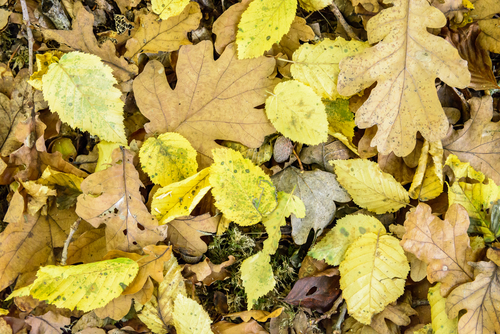Quick Guide to Edging a Curved Border
Quick Guide to Edging a Curved Border
Fall is a good a time as any for Potomac, Md. tree service because foliage is in full bloom and everything looks colorful, trying to soak up as much sunshine as possible.
One excellent way to display your beautiful flowers and shrubs is with a curved border in your yard. An edge will make your landscaping look that much more manicured and give the front of your home a charming look as well as excellent curb appeal. Once in place, you will need to maintain the border.
Continue reading to learn how you can edge your curved border to make sure your garden always looks it’s best.
Brick & Paver Stones
A good majority of people opt for straight borders because they do not think they can place an edge around curved borders, but this is just not true. One of the most widely used materials for curved borders is paver stones and brick as they give a pleasant contrast from flowers to edging. First off, to place a brick edging to your curved border, you need to have the appropriate supplies. The first step is to dig a trench matching the curve of the flowerbed. The depth should be approximately three inches and as wide as the stone or brick of choice.
Next, fill your just dug trench with about two inches of gravel or pea rock and pack it down, then add approximately two inches of sand and smooth it all out. Place your paver stones or brick along the curve while resting the corners next to one another. A handy tip includes placing the front corners together to curve in one direction, and the back corners together to bend in the other direction, depending on the curve you have selected for your garden.
Plastic
Plastic is another well-used material for edging. It is less expensive than brick or paver stones, and it does a great job of keeping the edges intact and spotlighting your beautiful landscaping. To place plastic edging, dig the trench as above, but make sure the soil has a flat wall by removing many inches of earth from the landscaping side of the trench to be able to place the plastic edging material.
Place the plastic edging next to the flat trench wall and gently pound the included stakes into the ground to keep the plastic edging pressed against the side of the trench wall. Fill the landscape area with multiple flowers and small plants to cover up the exposed side of the plastic edging that is secured to the trench wall. Add soil to the trench to cover any gaps.
Metal
Metal is another excellent option for a curved border. It can give your yard an industrial look that will make your home look very modern and elite. Again, as stated before, dig a trench along the landscaping, but this time dig to a depth of four inches. You will still want a flat wall, so use a flat blade shovel or something similar to create a smooth flat wall. Make sure to remove several inches of soil to provide enough room to place the edging in the trench.
As with the plastic edging, put the metal edging in place within the smooth side of the trench wall and tap the included metal stakes into the soil to hold the edging in place. Then start overlapping the edging as it meets section by section to keep the ends of the edging from having any gaps. Place the soil you removed back into the trench and pack it down.
How Can I Edge The Curved Border In My Garden To Make My Yard Look Manicured And Beautiful?
There are multiple resources you can utilize to make your curved landscaping look timeless. You have the choice to use brick or stone, high-quality plastic, or metal edging. Most are simple to install. It involves digging a trench, placing the edging and securing it, and then placing the removed soil back into the ditch to fill in any gaps and make it look smooth and cohesive. If you follow the above suggestions on how to place and install edging to the curved border of your landscaping, you will have a beautiful and well-manicured front and backyard season after season! This is your favorite Potomac Md. tree service signing off! Have a fantastic FALL weekend.


